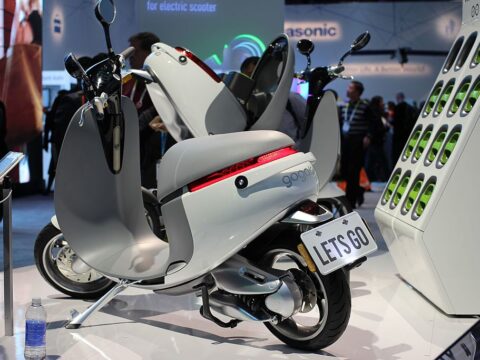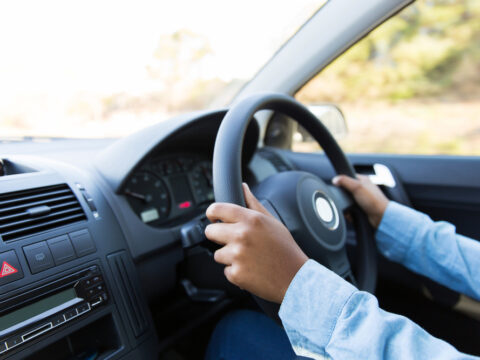When shopping for a new car, safety should always be a top priority. With modern advancements in technology, today’s vehicles come equipped with features designed to protect you and your passengers in every situation. From preventing accidents to minimizing injuries, these must-have safety features can make all the difference on the road.
Contents
Anti-lock Braking System (ABS)
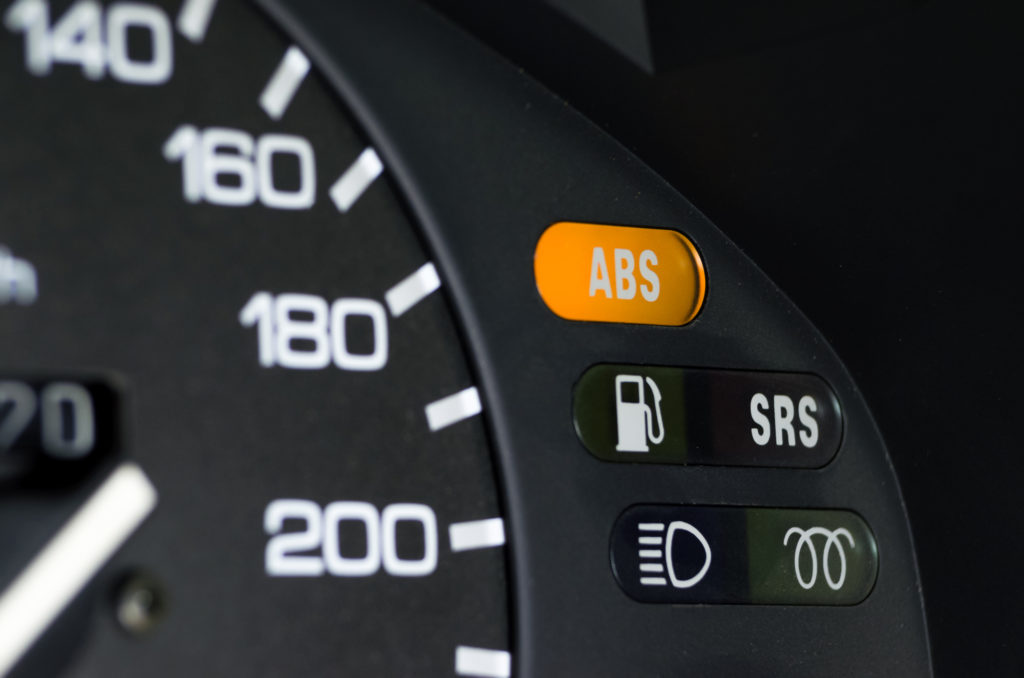
ABS is essential because it prevents wheel lockup during hard braking, allowing the driver to maintain control of the steering. This is particularly helpful in emergency situations where sudden braking is needed, and it works by rapidly pulsing the brakes to reduce skidding. ABS is a standard feature in most modern vehicles, and its ability to improve stopping distances on wet or slippery surfaces makes it a must-have for safety.
Electronic Stability Control (ESC)

ESC helps prevent the car from skidding or losing control, especially during sharp turns or sudden swerves. It works by detecting when the vehicle is moving in a different direction than intended and automatically applies brakes to individual wheels to correct the trajectory. This feature is critical in preventing rollover accidents and is particularly useful in SUVs and other higher-riding vehicles prone to top-heavy instability.
Traction Control
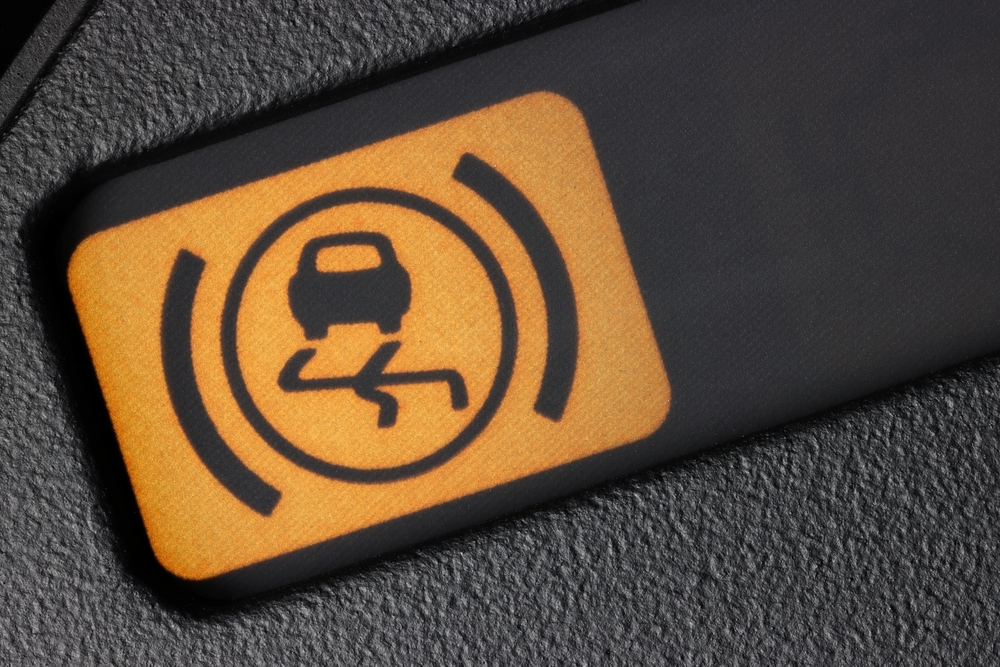
Traction control prevents the wheels from spinning during acceleration by adjusting engine power or applying brake force to specific wheels. This feature is particularly helpful when driving on slippery or uneven surfaces, such as ice, snow, or loose gravel. By improving traction, it helps maintain stability and control during tough driving conditions, making it essential for safe driving in all weather conditions.
Airbags (Front, Side, Curtain)

Airbags are crucial for reducing the risk of injury during a collision. In the event of an accident, front airbags protect the driver and front passenger from severe head and chest injuries. Side and curtain airbags offer additional protection from side impacts and rollovers by cushioning the body and head. Together, these airbags act as life-saving devices, minimizing the risk of fatal injuries in crashes.
Blind Spot Monitoring

Blind Spot Monitoring helps prevent accidents by alerting the driver to vehicles approaching from behind in their blind spots. This feature uses sensors or cameras to detect cars that the driver may not see, especially when changing lanes. By providing visual or auditory warnings, it reduces the chances of sideswipe collisions, making lane changes safer and more confident.
Rearview Camera
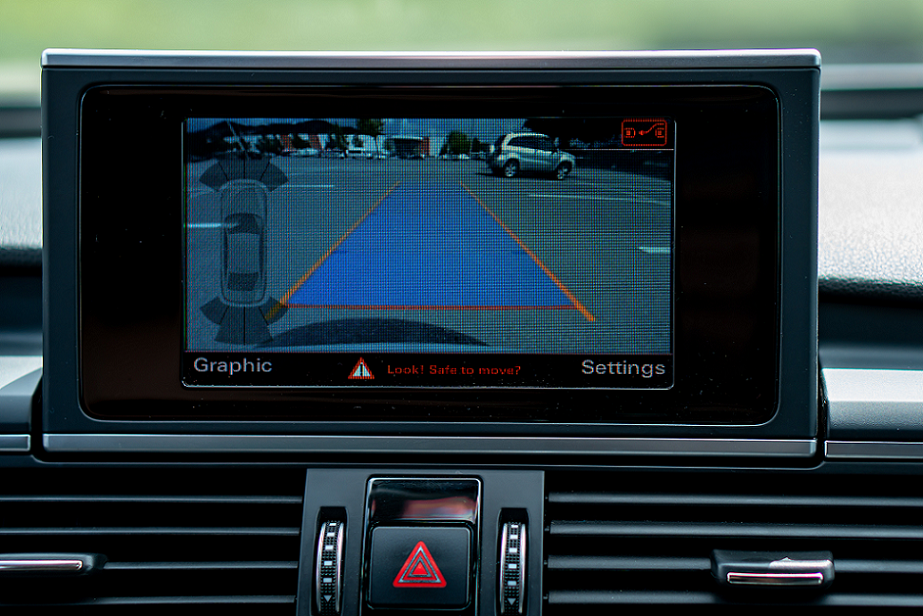
The rearview camera enhances visibility when reversing by displaying a live feed of what’s behind the vehicle. This feature helps drivers avoid obstacles, pedestrians, or other vehicles that might be out of their line of sight. Rearview cameras are especially helpful when parking in tight spaces, reducing the likelihood of minor accidents, and are a standard feature in most new cars.
Forward Collision Warning (FCW)
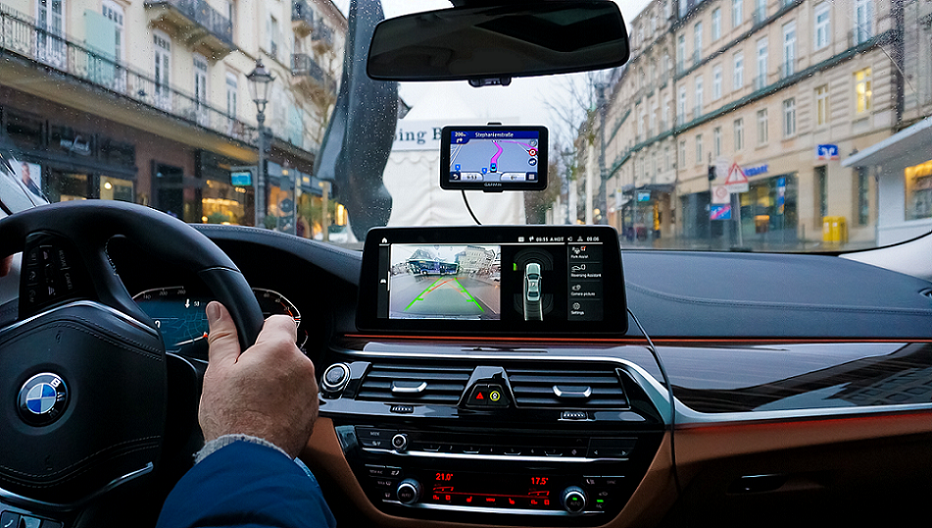
Forward Collision Warning uses sensors to monitor the road ahead for potential collisions and warns the driver of an imminent crash. This advanced system gives drivers extra time to react, either by braking or steering away, reducing the risk of accidents. It’s especially useful in stop-and-go traffic or when approaching vehicles suddenly slow down.
Automatic Emergency Braking (AEB)
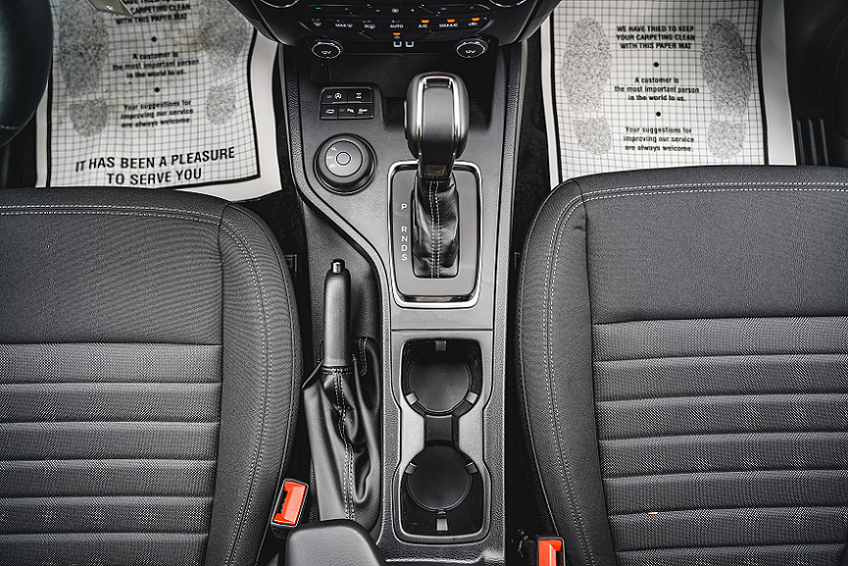
AEB takes the safety of Forward Collision Warning one step further by automatically applying the brakes if the system detects an unavoidable collision and the driver hasn’t responded. This feature can significantly reduce the severity of crashes or even prevent them altogether. It’s a crucial tool for protecting both drivers and pedestrians in emergencies.
Lane Departure Warning (LDW)
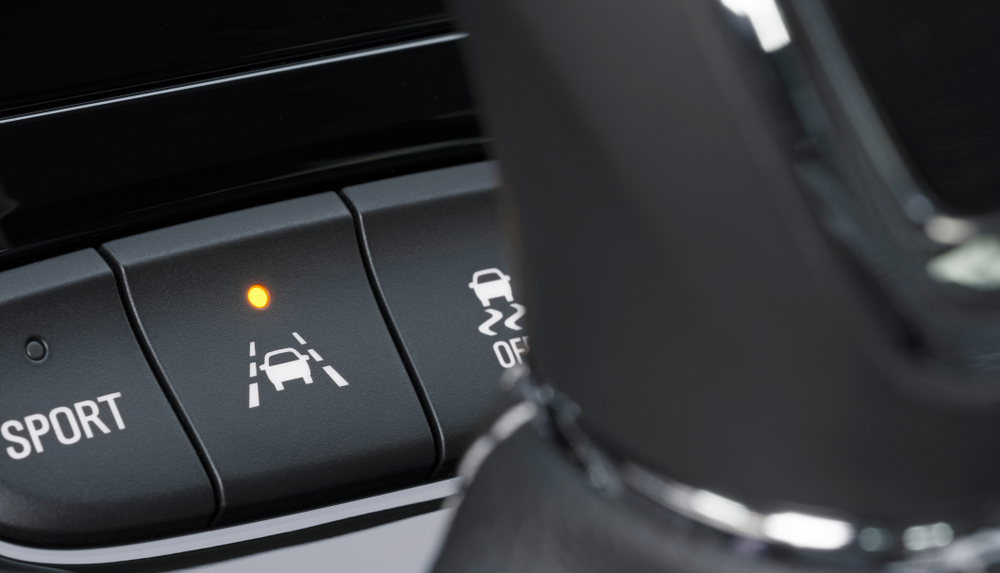
Lane Departure Warning alerts the driver when the vehicle unintentionally drifts out of its lane without signaling. This system reduces the risk of accidents caused by drowsy or distracted driving, giving the driver a chance to correct their course. By keeping vehicles within their lanes, LDW helps prevent head-on collisions and sideswipes.
Lane Keeping Assist (LKA)
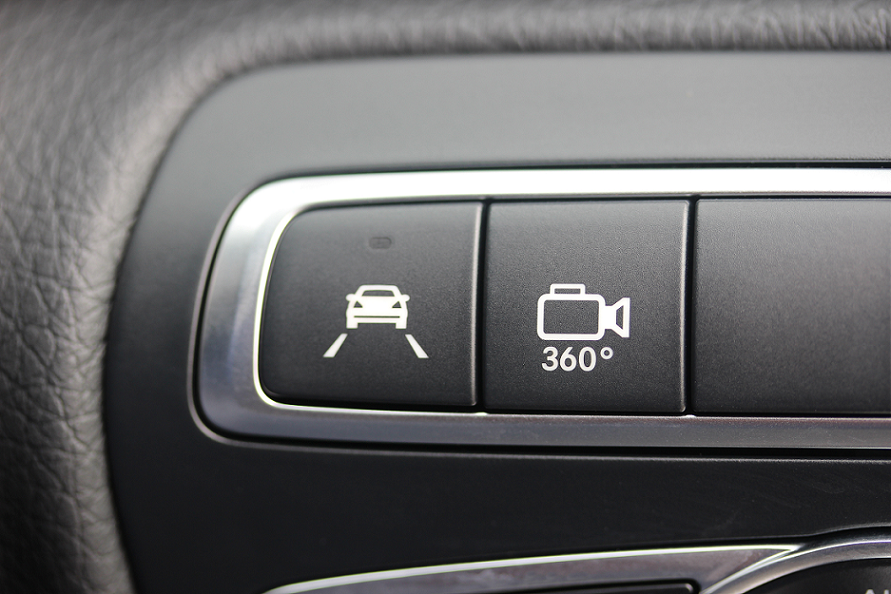
Lane Keeping Assist takes LDW a step further by not only warning the driver but also gently steering the vehicle back into its lane if it starts to drift. This automated feature provides an extra layer of safety, especially on highways or during long trips, and is designed to prevent unintentional lane changes that could lead to accidents.
Adaptive Cruise Control (ACC)

Adaptive Cruise Control maintains a set speed while also adjusting the vehicle’s speed based on the traffic ahead. It uses sensors to detect vehicles in front and will slow down or speed up accordingly, keeping a safe distance. ACC makes highway driving more comfortable and less tiring, while also improving safety by reducing the likelihood of rear-end collisions.
Pedestrian Detection
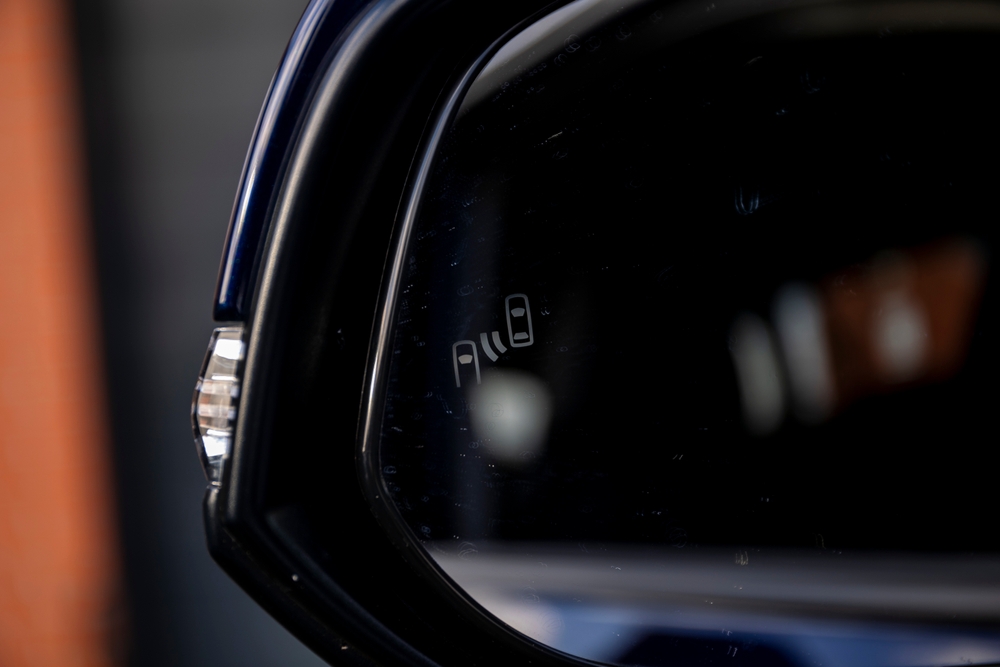
Pedestrian Detection is designed to prevent accidents involving pedestrians by using sensors to detect people in the vehicle’s path. If a pedestrian is detected, the system will warn the driver and, if necessary, apply the brakes automatically. This feature is particularly useful in urban areas, where pedestrians are more likely to cross unexpectedly.
Tire Pressure Monitoring System (TPMS)
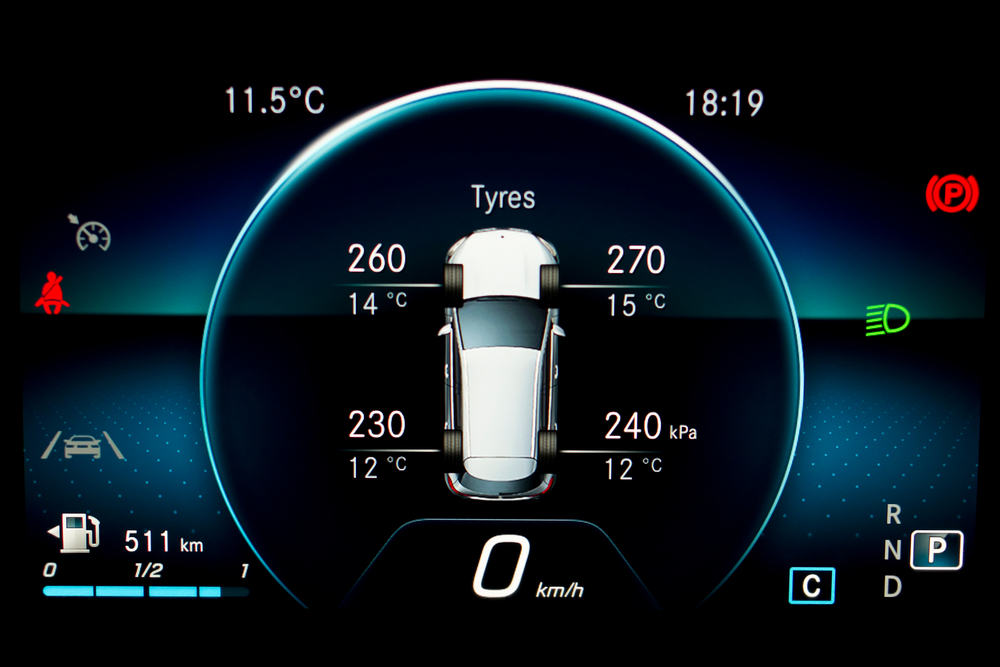
TPMS alerts the driver if any of the tires are under-inflated, which can lead to unsafe driving conditions. Proper tire pressure is vital for vehicle control, fuel efficiency, and reducing tire wear. By notifying the driver when tire pressure is low, TPMS helps prevent accidents caused by blowouts or poor tire performance.
Driver Attention Monitoring

Driver Attention Monitoring detects signs of driver fatigue or distraction by analyzing steering patterns and driver behavior. If the system detects that the driver is not paying attention or is becoming drowsy, it will issue a warning to take a break. This feature helps prevent accidents caused by driver inattention, a common factor in road accidents.
Parking Sensors
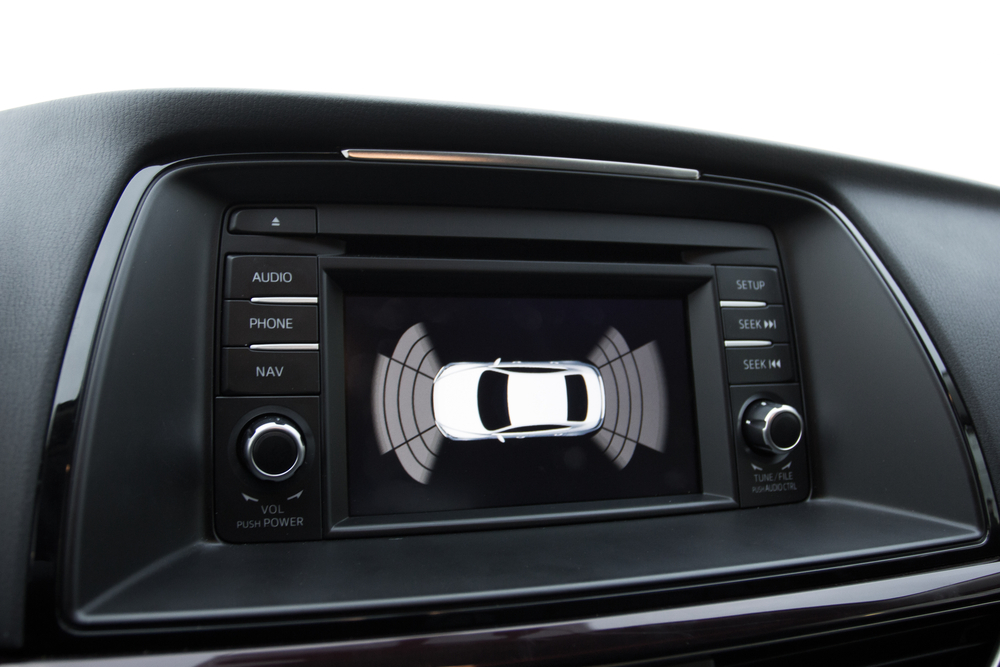
Parking sensors assist drivers when maneuvering into tight parking spaces by detecting obstacles around the vehicle. These sensors emit beeps that increase in frequency as the vehicle gets closer to an object, helping the driver park more accurately and safely. They are particularly useful for avoiding low obstacles that might not be visible in the mirrors.
Automatic High Beams
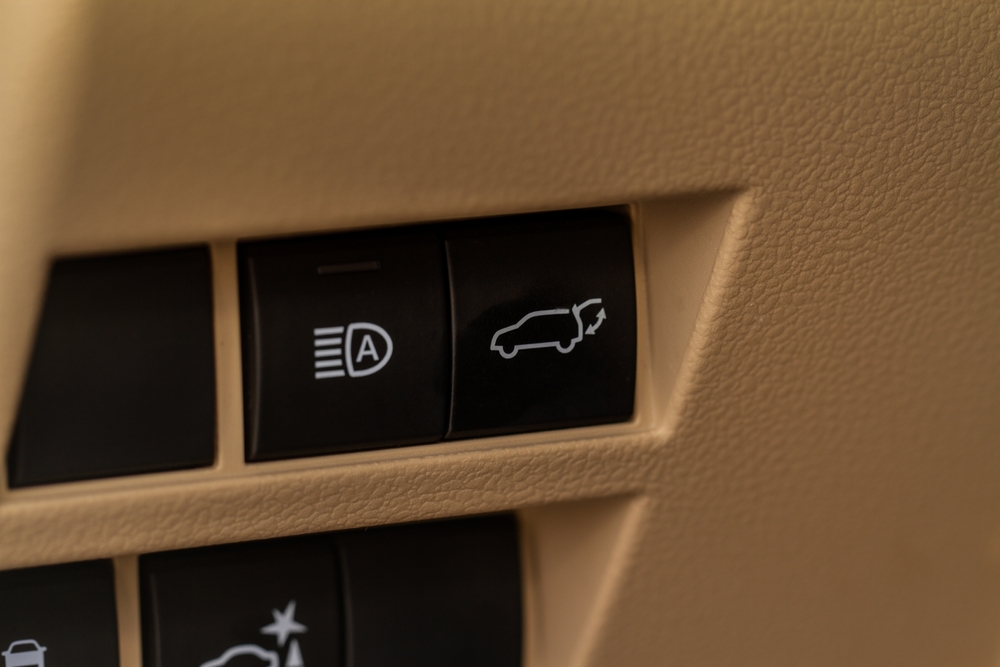
Automatic High Beams switch between high and low beam headlights based on the surrounding conditions and oncoming traffic. This feature improves nighttime visibility without blinding other drivers. It’s a convenient safety feature that allows drivers to focus on the road without having to manually adjust the headlights.
Head-Up Display (HUD)
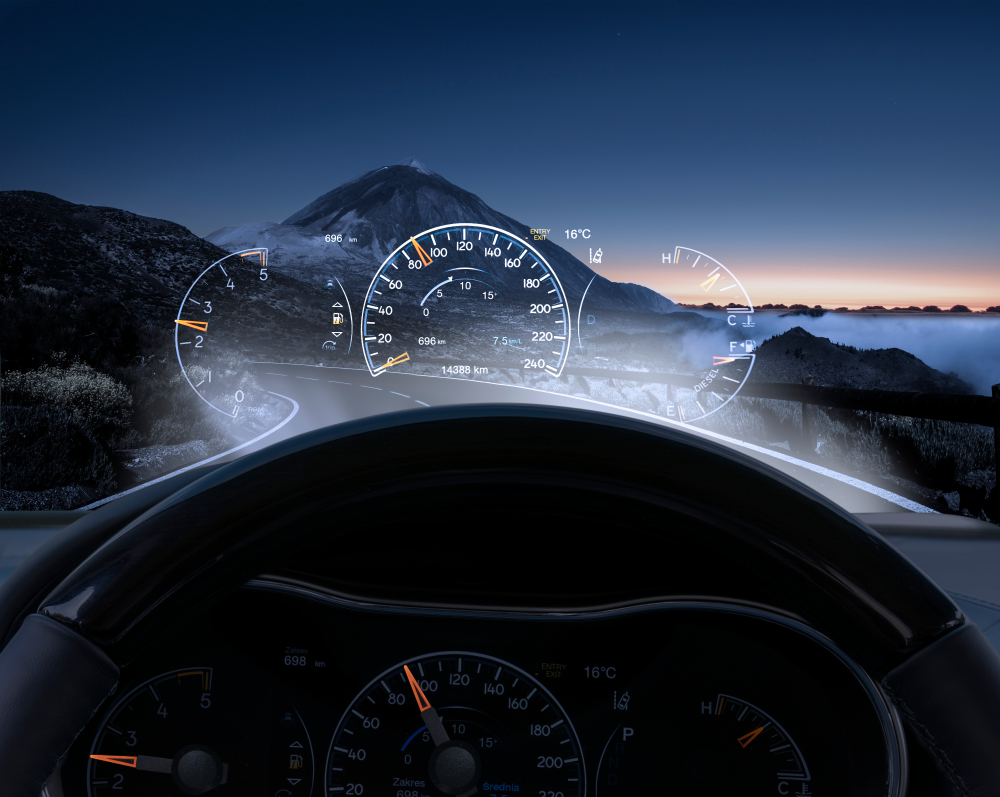
A Head-Up Display projects critical driving information, such as speed, navigation, and warnings, directly onto the windshield. This keeps the driver’s eyes on the road and minimizes distractions by reducing the need to look down at dashboard displays. It enhances both safety and convenience during driving.
Traffic Sign Recognition
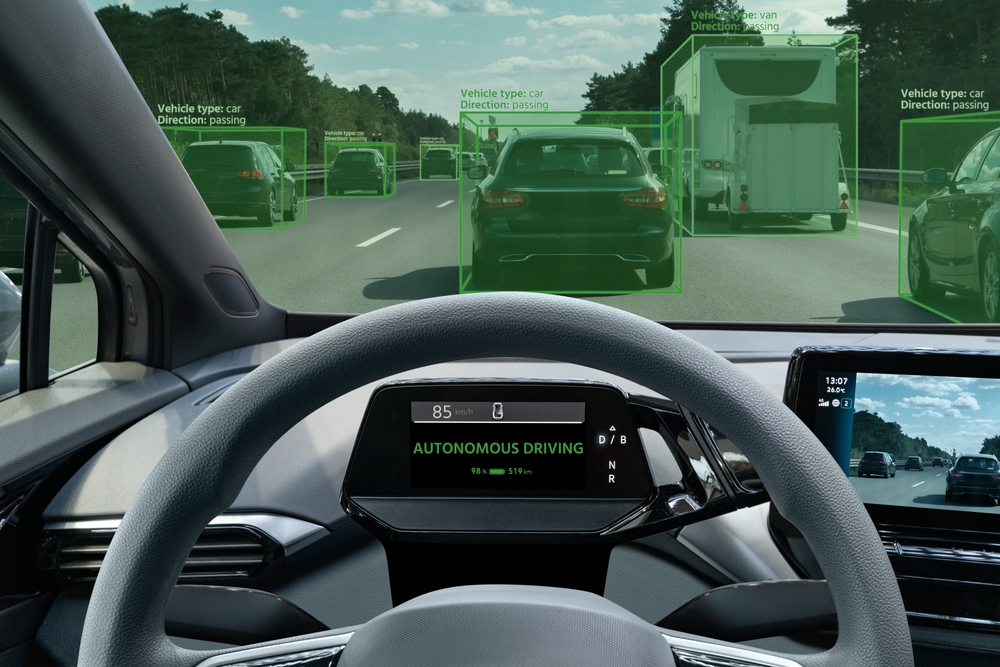
Traffic Sign Recognition uses cameras to detect and display road signs, such as speed limits, stop signs, and other important warnings. This feature keeps drivers informed of current road conditions and legal requirements, reducing the risk of violations and improving overall road safety.
360-Degree Camera System
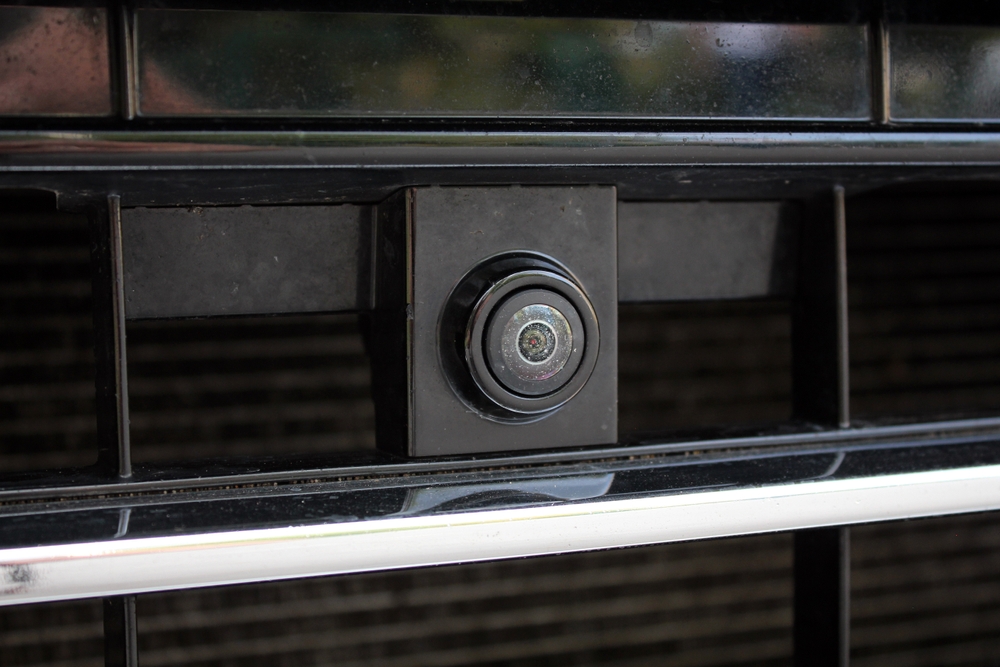
The 360-Degree Camera System provides a bird’s-eye view of the vehicle’s surroundings, assisting with parking and tight maneuvers. This feature is especially useful in congested areas or narrow spaces, where visibility is limited. It helps drivers avoid collisions with objects or pedestrians that may not be visible from the driver’s seat.
Emergency Call (eCall) System
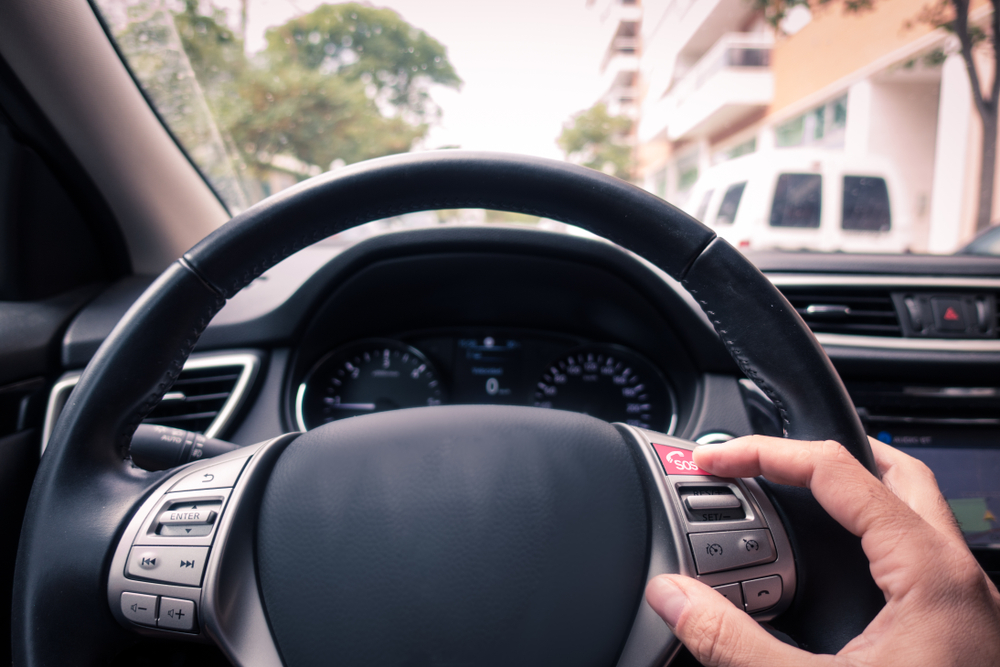
The eCall System automatically contacts emergency services in the event of a serious accident, providing them with the vehicle’s location and relevant details. This feature can be a lifesaver in situations where the driver is incapacitated or unable to make a call themselves, ensuring help arrives as quickly as possible.
This article originally appeared in MyCarMakesNoise.
More from MyCarMakesNoise
20 High-Torque Motorcycles That Pack Serious Power

When it comes to motorcycles, nothing quite matches the thrill of raw, unbridled power. For those who crave a ride that delivers spine-tingling acceleration and breathtaking performance, torque is king. Read More
15 Pioneering Astronauts Who Paved the Way for Space Travel

Space travel has come a long way, thanks to the brave men and women who dared to venture beyond our planet. These pioneering astronauts took the first steps into the unknown, facing incredible challenges and making history along the way. Read More
8 Rare Classic Buses That Are Worth a Fortune

When it comes to classic vehicles, buses often fly under the radar, yet some of these rare models are worth a small fortune today. From vintage double-deckers to sleek mid-century coaches, these buses not only hold historical significance but also carry substantial value. Read More

